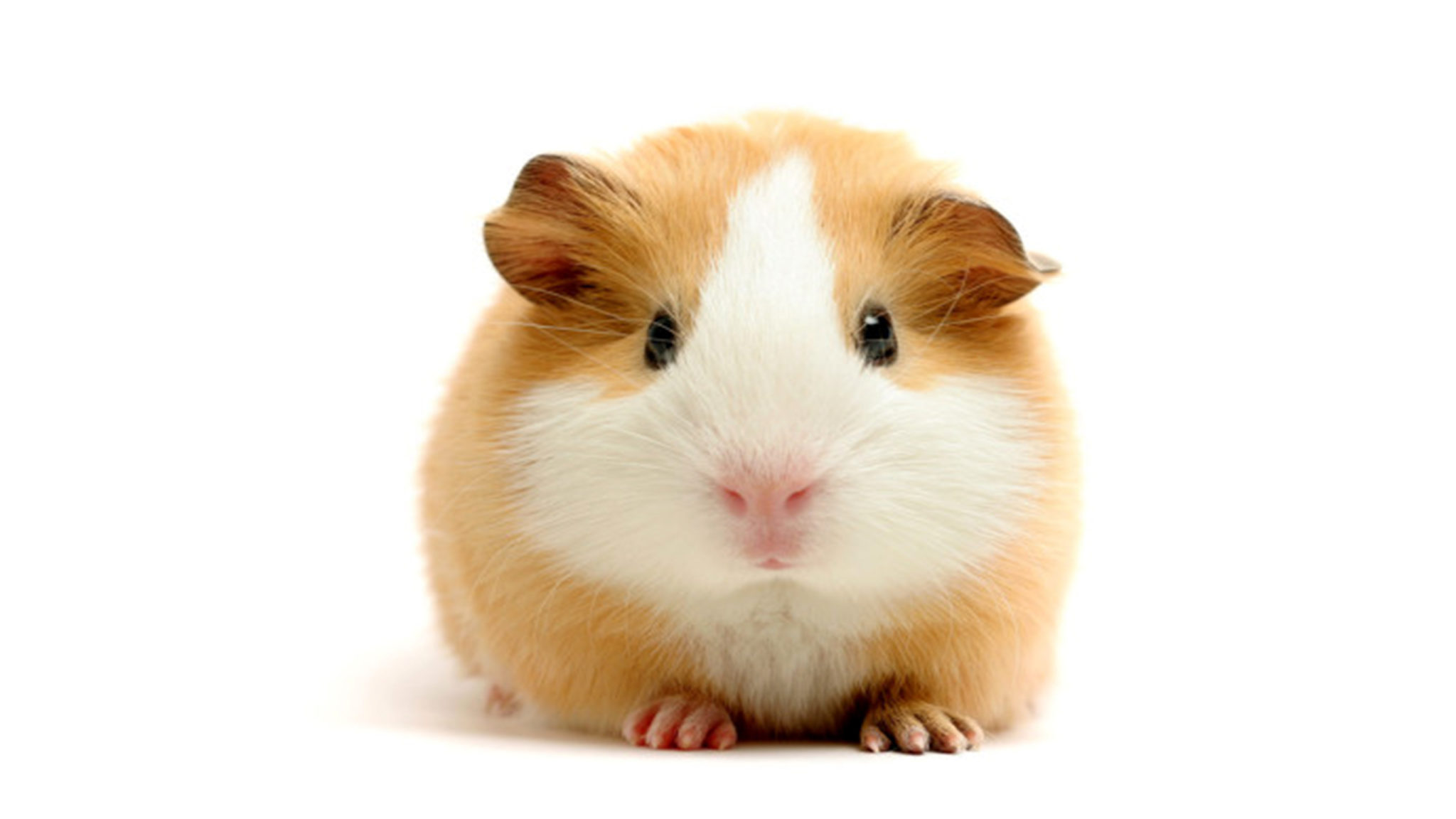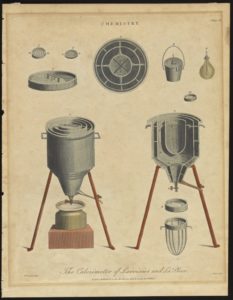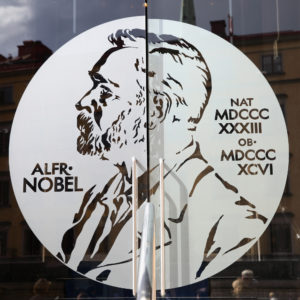Guinea Pigs for Science
By Marco Wong
(Biology & Chemistry Tutor)

Being fluffy and soft makes this friendly rodent, the Guinea pig, one of the more popular household pets. In the scientific community, however, Guinea pigs are used as animal models and are the subject of experiments.
Thanks to its physiological similarities to us, in its hearing, immune system and respiratory tract, the Guinea pig makes a valuable model of study in medical and physiological research. Guinea pigs were not always treated as test subjects. They were (and still are) a popular South American food staple.
Spanish explorers brought the Guinea pig over to Europe in the 17th century, where their docile nature and compact size made them the perfect pocket pets. And ever since then, Guinea pigs have been used as a matter of study in the laboratories around the world.
Here are some of their greatest contributions to science.
Study of Respiration and Heat
One of the earliest and more famous contributions of Guinea pigs in science was a study conducted in the 1780s by French Chemists Antoine Lavoisier and Pierre-Simon Laplace who designed a device to carry out caloric studies.
The calorimeter they designed is like a 3-layer bucket, the outer shell of which was packed with snow to maintain a constant temperature of 0 °C around the ice-filled middle shell.
They put a living Guinea pig in the innermost layer and monitored its respiration to measure the rate of the melting ice. They concluded “la respiration est donc une combustion”, which means “respiration is therefore a combustion”. Although we now know respiration is more of a series of metabolic reactions, the Guinea pig pioneered the discovery that we have an internal mechanism to “burn calories”.

Vitamin C was First Discovered in Guinea Pigs
Yes, you read it right. Vitamin C was identified because of a Guinea-pig-experiment. Why? Because like humans, and unlike other small laboratory animals, Guinea pigs do not produce their own vitamin C; instead they must obtain it from their diet.
In the early 1900s, scientists speculated that aside from carbohydrates, protein and fats, there are some unrecognised substances that are necessary for life, and they named them “vitamines”.
Scurvy has been a puzzling disease for centuries back then. All they knew was that it could be cured by eating citrus fruits or some plants. In 1907, Norwegian biochemists Axel Holst and Alfred Fröhlich replicated a scurvy-like condition in Guinea pigs by restricting certain foods. They found the symptoms disappeared after feeding the Guinea pigs cabbage. Later, they proved the existence of vitamin C, and the experiment marks the hunt for this mysterious substance.
Fast forward two decades to a Hungarian biochemist Albert Szent-Györgyi who brought the results of his research back to his home country. Szent-Györgyi was studying metabolism and plants. He had isolated a reducing agent from adrenal glands and citrus, which he named “hexuronic acid”.
In 1932, he and J. L. Svirbely proved “hexuronic acid” (renamed as ascorbic acid) to be vitamin C by performing a landmark experiment where they added hexuronic acid to the diet of scurvy carrying Guinea pigs.
Szent-Györgyi was awarded the Nobel Prize in 1937 for his contribution in the discovery of vitamin C. Read more about the history of vitamin C.

Other Nobel Prizes
Like the vitamin C experiment, many research studies could not have been completed without the help of animal models. In fact, of all the Nobel Prize recipients in the Nobel Prize recipients in the Physiology or Medicine category, over 80% used animal models in their awarded research:
| Awarded Year | Awarded Contribution in Medicine |
|---|---|
| 1901 | Development of diphtheria antiserum |
| 1908 | Immune reactions and functions of phagocytes |
| 1919 | Mechanisms of immunity |
| 1928 | Pathogenesis of typhus |
| 1952 | Discovery of streptomycin, the first effective antibiotic against tuberculosis |
| 1961 | Physical mechanism of stimulation within the cochlea |
| 1968 | Interpretation of the genetic code and its function in protein synthesis |
| 1972 | Chemical structure of antibodies |
| 1974 | Structural and functional organisation of cells |
| 1980 | Identification of histocompatibility antigens and mechanism of action |
| 1982 | Discovery of prostaglandins |
| 1988 | Discoveries of important principles for drug treatment |
| 1994 | Discovery of G-proteins and the role of these proteins in signal transduction in cells |
Future of Guinea Pigs
Because of the introduction of new fields of study, Guinea pigs are not as popular in laboratories as they used to be. Having said that, though, there is still something Guinea pigs are better at than lab mice.
Because of their similarities to us, they are still widely used in physiological and medical research, such as in studies on hearing recovery and asthma. Perhaps one day we will see them once again help scientists win the Nobel Prize.
Reference: Foundation for Biomedical Research. 2020. Animal Testing & Nobel Prize | Foundation For Biomedical Research. [online] Available at: <https://fbresearch.org/medical-advances/nobel-prizes/> [Accessed 29 September 2020].
About The Edge
The Edge Learning Center is Hong Kong’s premier Test Preparation, Academic Tutoring, and Admissions Consulting services provider. Founded in 2008, The Edge has helped thousands of students improve their ACT and SAT scores as well as their IB and AP grades. The AC team has just finished off another successful period in which students gained acceptance to schools such as Columbia, Yale, UChicago, UPenn, Oxford, and more! Check out our latest Admissions Results!

